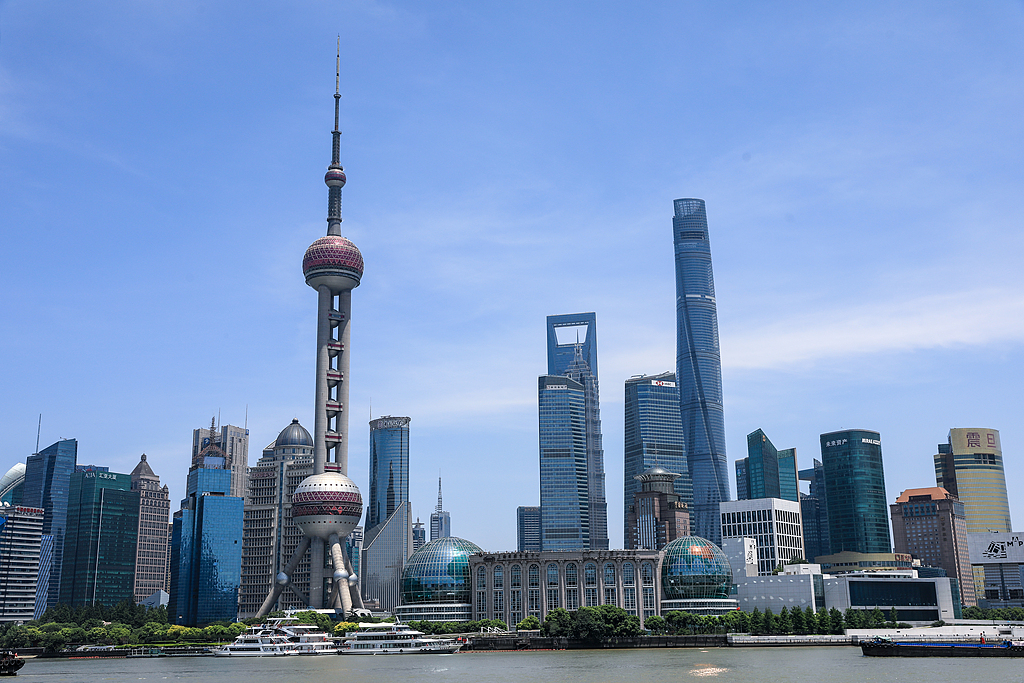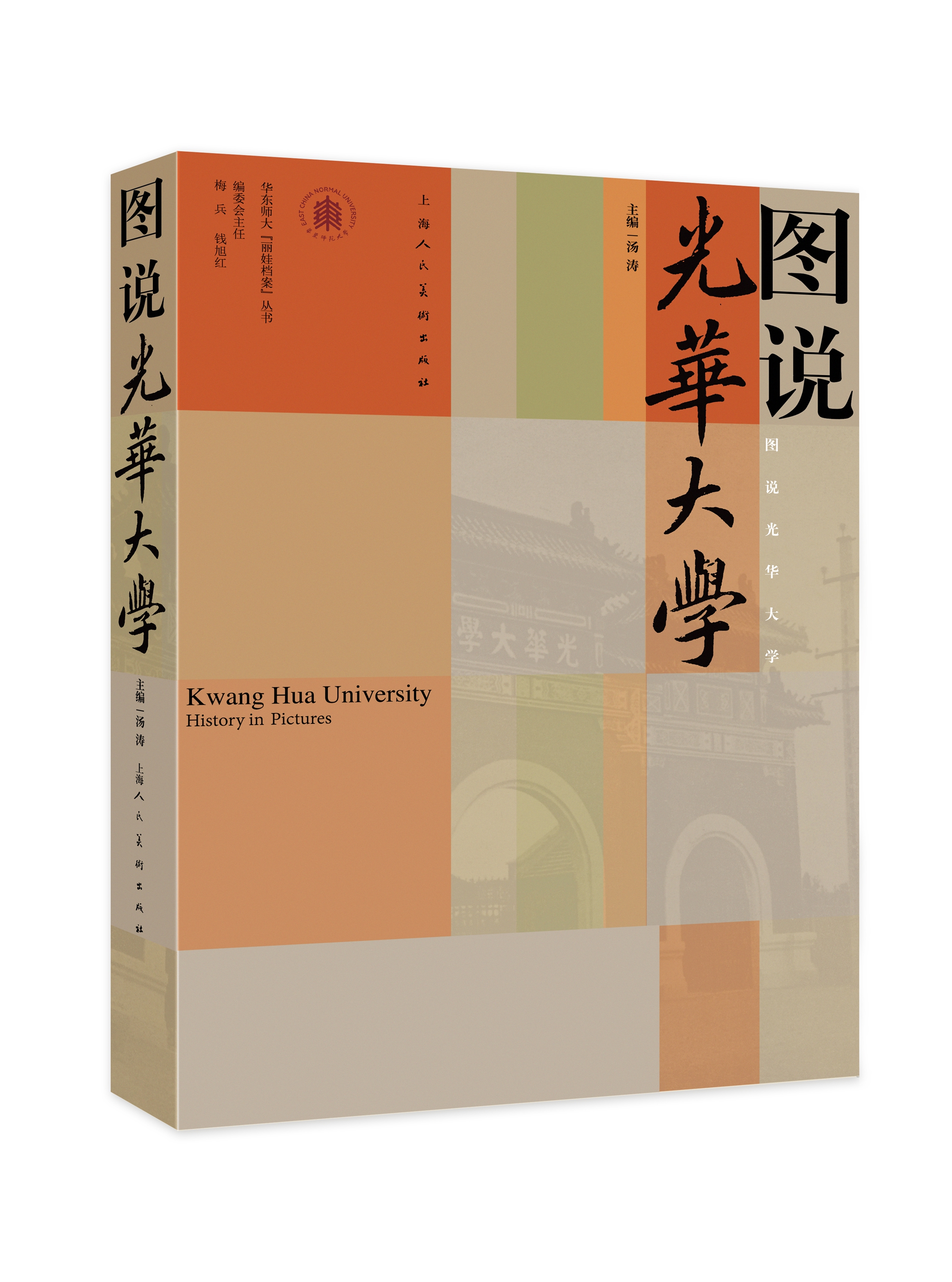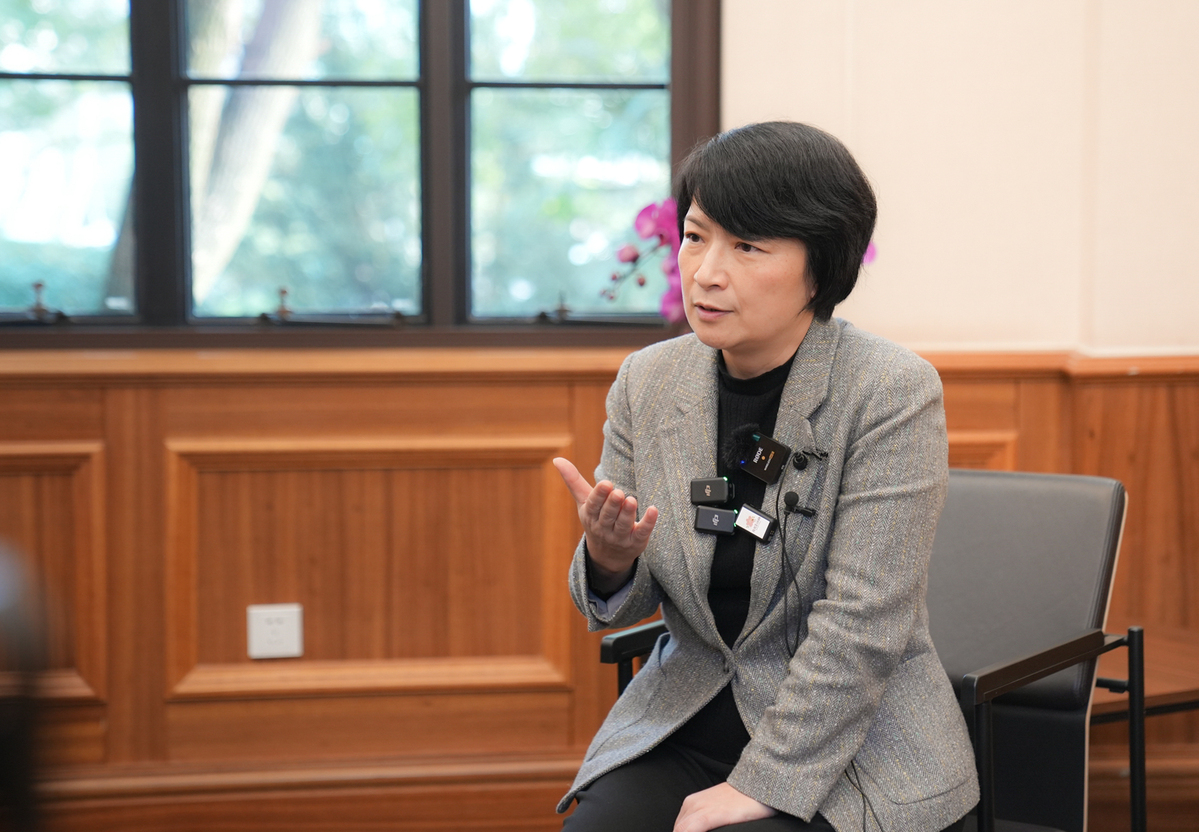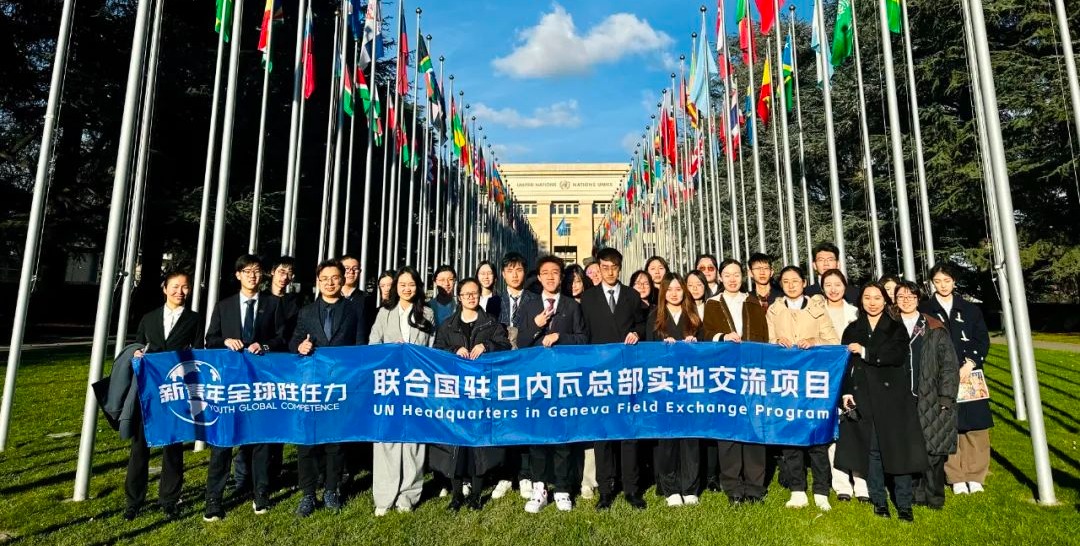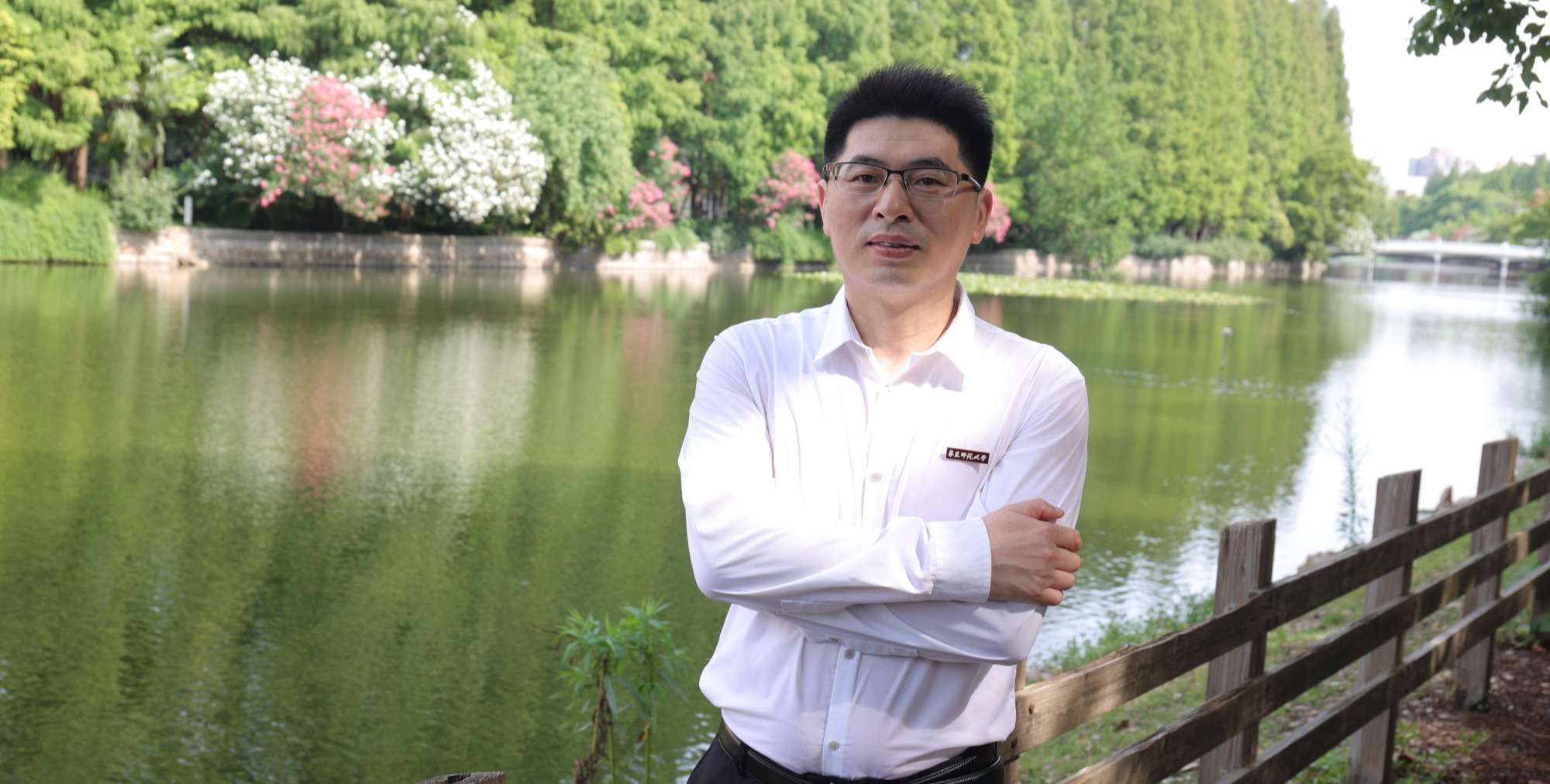A bronze sculpture entitled Song of Survivors was unveiled at the Shanghai Jewish Refugees Museum on Jan 27, which is International Holocaust Remembrance Day as designated by the United Nations. Shanghai took in around 30,000 Jewish refugees during World War II.
The sculpture was created by Lyu Qizhang, a professor at the Art College of the East China Normal University (ECNU).
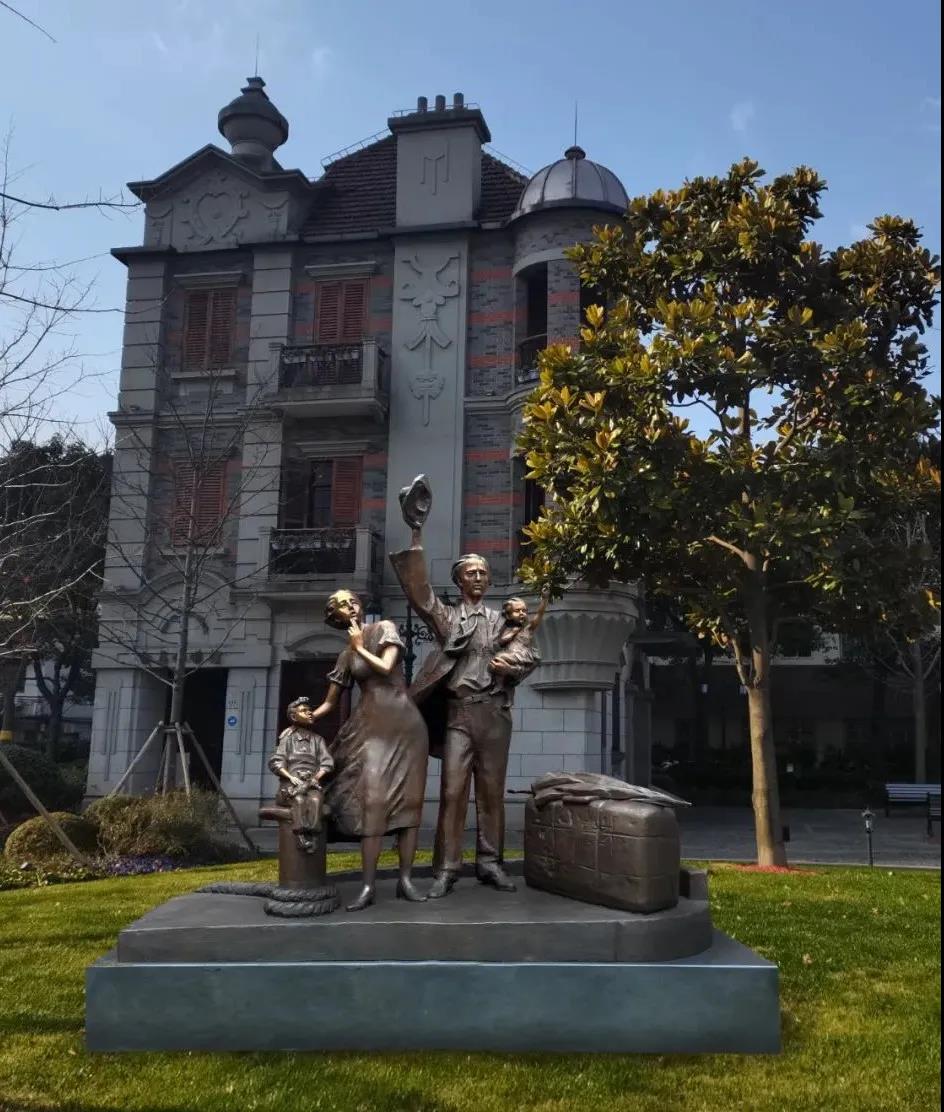
It was inspired by the novel Song of Survivors, written by Chinese-Canadian writer Bei La. The novel, published in 2019, tells the story of a Jewish couple, Michael Medavoy and Dora Medavoy, fleeing Nazi oppression and their lives in Shanghai in the late 1930s.
The sculptre depicts the moment when the family reluctantly left Shanghai in 1948. It represents how Jews away from home adopted Shanghai from the bottom of their hearts. It took two years for Lyu to complete this sculpture.
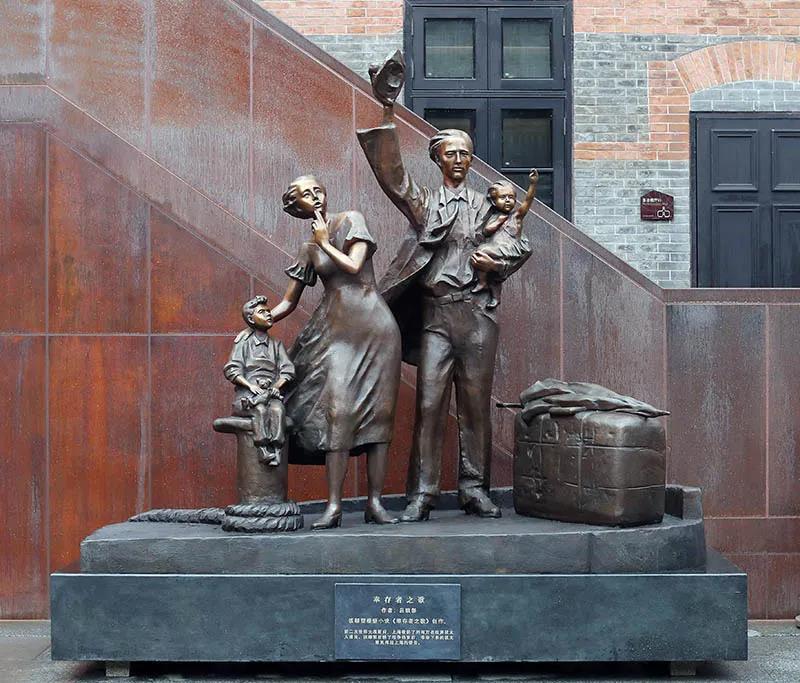
in front the historical site of the White Horse café opposite the museum.
We interviewed the sculptor Lyu Qizhang about the creative inspiration, theme and other related issues of the sculpture Song of Survivors.

Sculptor Lyu Qizhang
Lyu: I graduated from the Department of Sculpture, China Academy of Art in 2003. Then, I was sponsored by the country to study abroad at the Moscow State Surikov Academy of Fine Arts in Russia where I majored in figurative sculpture and pursued a master’s degree. During my four-year study in Russia, I visited many galleries, museums and a World War II memorial complex. I conducted some research and carried out practices on creating sculptures on the theme of World War II.
After returning to China, I joined the ECNU College of Fine Arts to teach sculpture, including a course named “Monumental Sculpture”. My attention to and creation of historical sculptures have never stopped.
In 2019, through the introduction of Prof. Tan Genxiong and Prof. Chen Xingeng, I got acquainted with Bei La, the famous writer. Bei La had been looking for a sculptor to create a sculpture themed on her Jewish series of novels. I am very honored to accept her invitation.
Lyu: During World War II, the city of Shanghai became a refuge and Noah’s Ark for Jewish refugees in search of brightness. The people of Shanghai accepted Jewish refugees. In the face of the war, they were like brothers and sisters to tide over the difficulties together.
Bei La created the Jews in Shanghai series of novels based on this vivid history. Among them, Song of Survivors is based on the true story of the Medavoy family who arrived in Manchuria via Russia, and finally came to Shanghai after twists and turns. Through his hard work, Michael Medavoy established a firm foothold and achieved success in the American-owned Shanghai Telephone Company. He was granted a visa by the US government and migrated to the United States with his family. Later, little Mike grew up and became the famous Hollywood producer Mike Medavoy.
The Medavoy family’s experience in Shanghai witnessed the friendship between Shanghainese and Jews during wartime. Medavoy demonstrated valuable qualities such as bravery, integrity, kindness and optimism, which touched me deeply. Bei La has created characters who never give up and pursue a happy life through their stories. The success of the Medavoy family embodies the Jewish spirit of striving hard and Shanghai’s humanitarian concern and assistance to the Jews.
Sculpture has a visual communication function which cannot be replaced by that of literary works. It can record the most poignant moments and bring them to eternity for the purpose of public aesthetic education.
I believe that the artistic value of the sculpture itself will deeply impress the public and further drive them to read original literary works, thereby bringing greater social value.
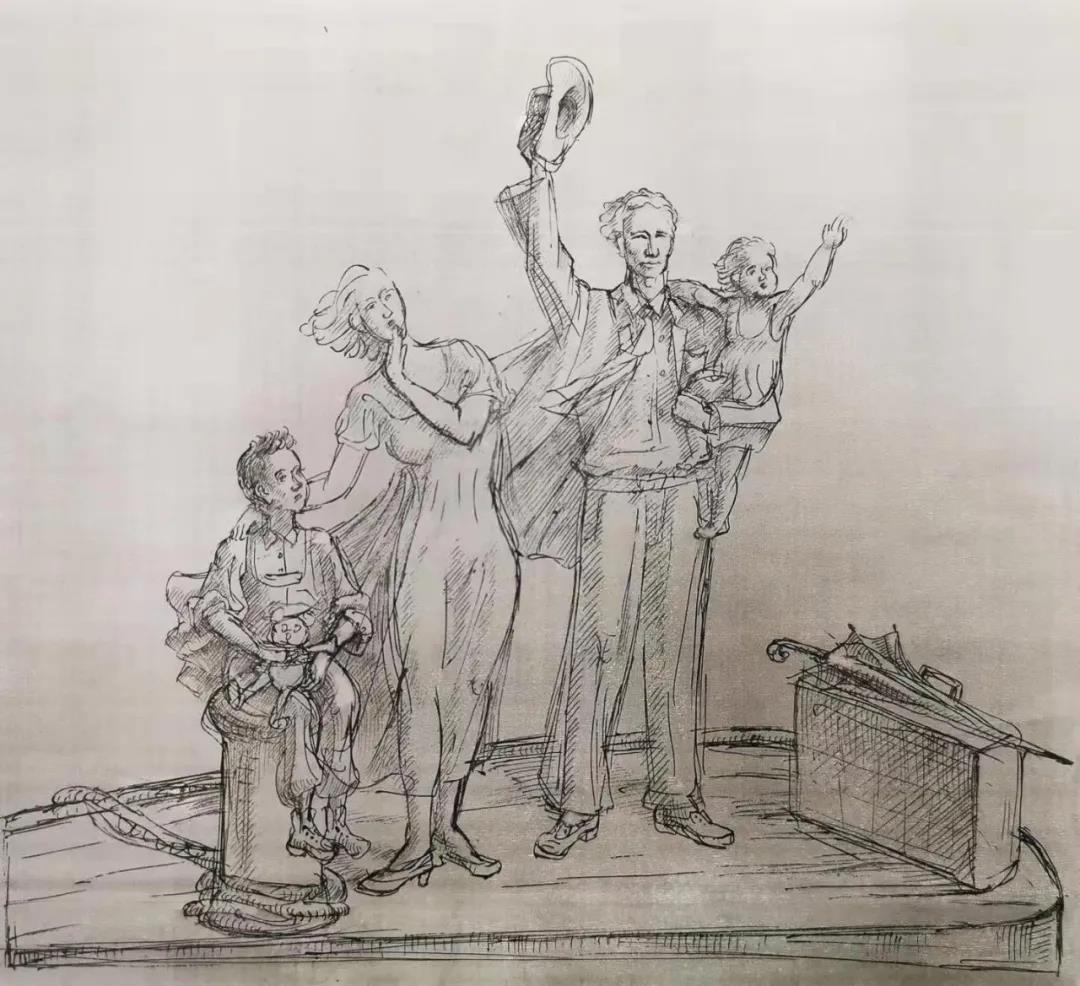
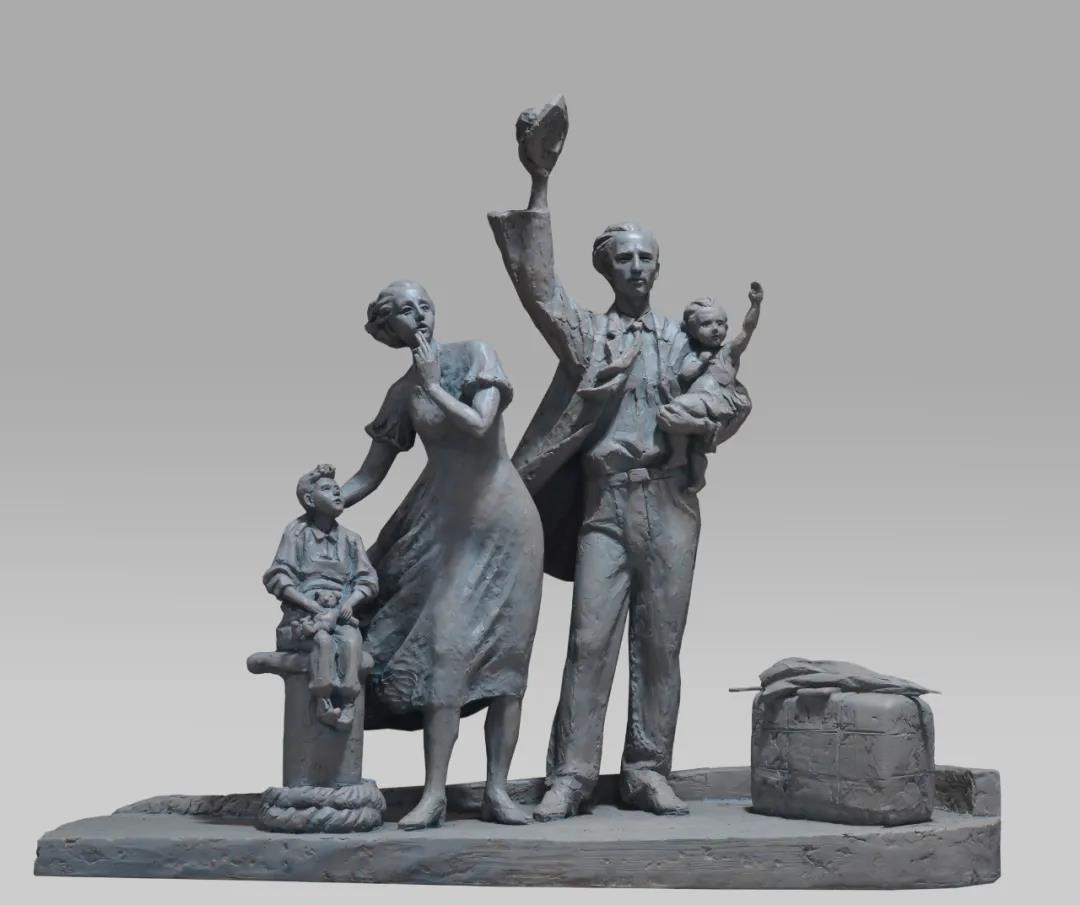
Lyu: I have carefully and repeatedly read the original work of Song of Survivors. The creative inspiration and the images of the sculpture kept popping up in my mind. I told my idea to Bei La excitedly. To my surprise, our views on the work coincided closely with each other, and we decided to create the composition of the sculpture to show the moving scene of the Medavoy family leaving Shanghai and freeze the touching moment – they boarded the ship, reluctantly bidding farewell to Shanghai with tears.
If you ask me why the sculpture depicts scene of the Medavoy family bidding farewell to Shanghai rather than those of their arriving in Shanghai or their life in Shanghai, I’d like to say that the scene of the Medavoys arriving in Shanghai fails to show what happened to the Jews in this city while a certain scene of their life in Shanghai tends to be too detailed, not to mention the difficulty in fully reflecting the life of a family of four. Therefore, the scene of farewell is regarded as the climax and sublimation of the whole story. It reflects the deep friendship between the Medavoys and Shanghai. War and fate forced them to leave Shanghai and fly to America. Parting is temporary and reluctant, which implies that they will return to Shanghai sometime.
When working on Song of Survivors, Bei La visited Dora Medavoy several times in the United States. When Bei was about to leave, Dora, who was over 90 years old, held her hands and said, “Bring me back to Shanghai.” This is Dora and Michael's greatest wish. As a result, I try my best to express the truth of history with the truth of art and to reflect the real life situation of the Jews through the story of the Medavoy family.
Song of Survivors adopts a realistic theme and expresses artistic real scenes in romantic and symbolistic ways, which strengthens the dramatic effect and locality of the work and is conducive to expressing the characters’ inner contradictions and internal tension. I respected the romantic characteristics of the original literary work and gave full play to my own characteristics in sculpture creation at the same time in order to achieve a perfect combination.
In the sculpture Song of Survivors, Michael Medavoy holds his little daughter in his arms and waves his hat to greet his friends. His expression is determined and sad. He has a deep affection for this land where he has made friends with Shanghainese who have given him a hand when he was in need andwhere he has struggled hard. When he left, contradictions and reluctance filled his heart. Dora, the wife and mother of the family, is kind and warm. She puts her right hand on little Mike’s shoulder, comforting him. At the same time, she does not forget to look back with her eyes full of tears and kiss Shanghai goodbye. Mike was only five or six years old and spent his childhood in Shanghai with his playmates here. When his family leaves the city, he was a bit sad, sitting on the pier, holding a teddy bear in a daze. He seems to be praying secretly in his heart that one day he will return to his hometown, Shanghai. Mike’s younger sister is still an oblivious baby. She just imitates her parents and waves her hands enthusiastically.
The sea breeze blows their clothes and hair, highlighting the contrast between the inner stillness and the external dynamic changes within the scene. “Wind” is another metaphor, foreshadowing their hope of pursuing a better life in the future, the victory of the war and the arrival of peace.
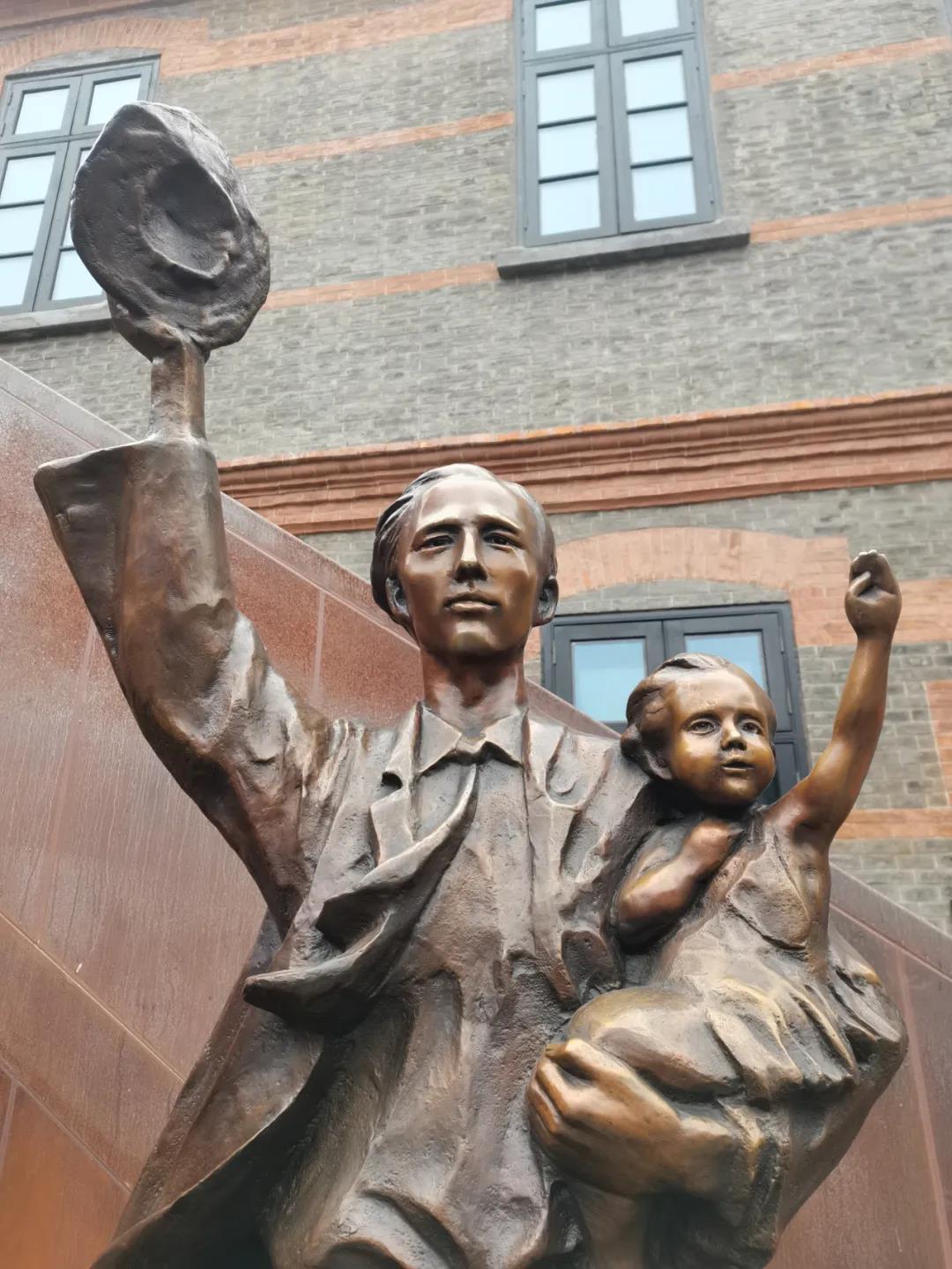
Lyu: The creation and construction of the sculpture is in commemoration of and symbolizes the long-lasting friendship between the Chinese and Jewish people.
I do not deliberately express the suffering during wartime and the ups and downs of human destiny. As a monumental thematic sculpture, Song of Survivors focuses on expressing the reality of life as experienced and people’s desire for a better life.
The Chinese nation glistens with the bright lights of self-confidence and broad-mindedness, kindness and good will, perseverance, and humanitarian concern whether in times of war or in times of peace. The international pattern of Shanghai’s culture, characterized by openness, inclusiveness, and diversified development will definitely play a leading role and make contributions to the development of the world economy and culture in the post-pandemic era.
Author: Yuan Yiwei
Copy editor: Philip Nash
Editor:Li Mengjie
